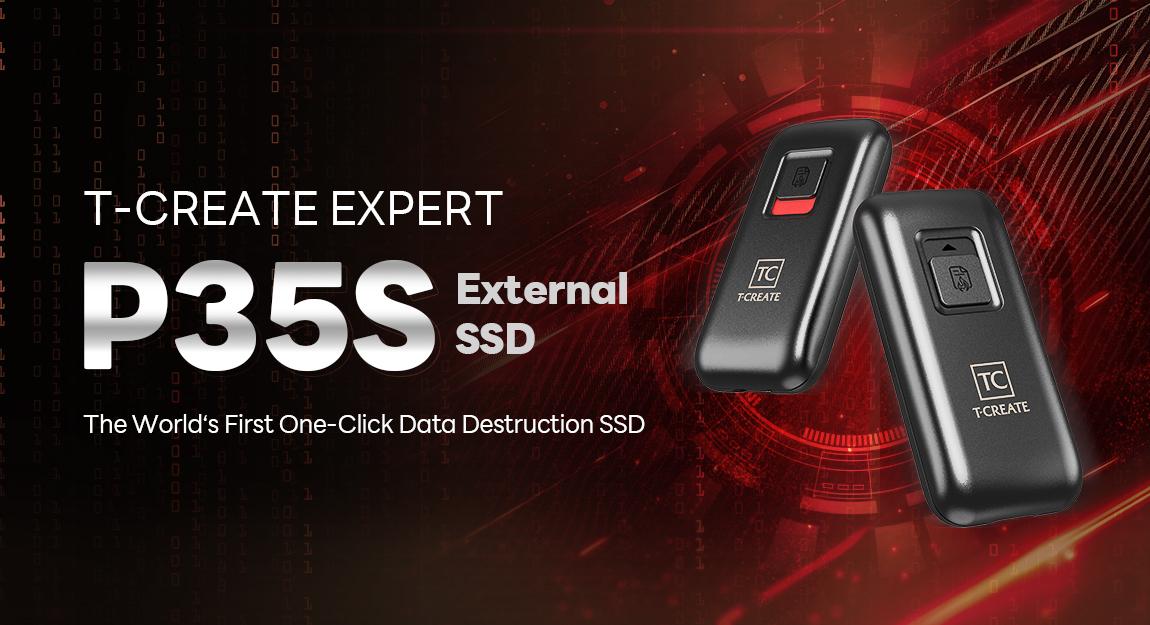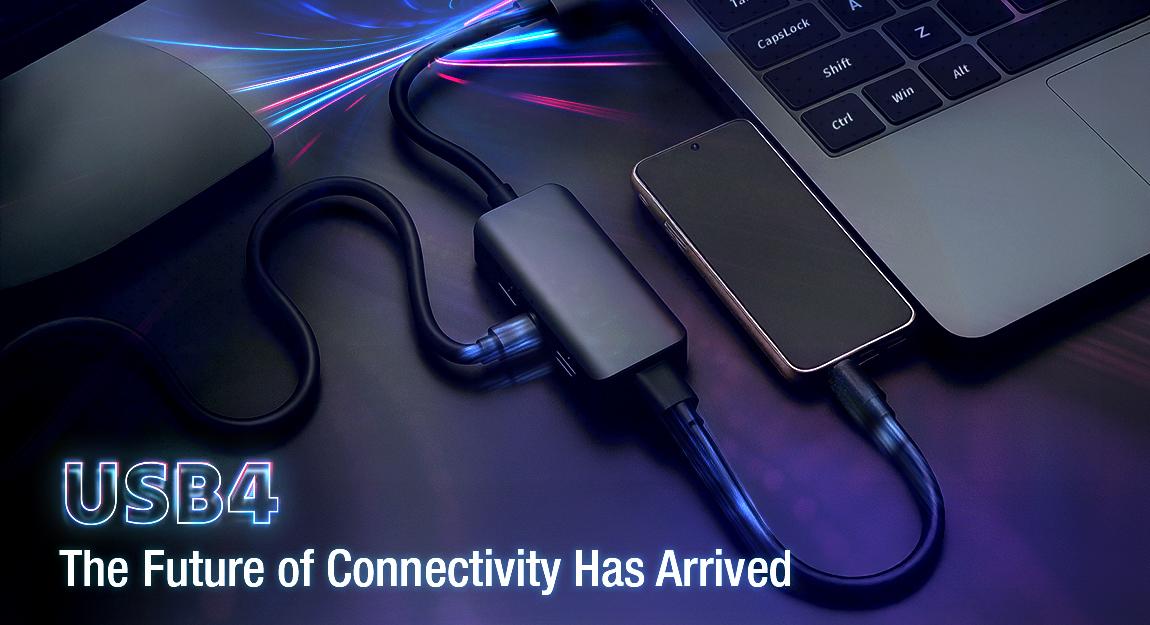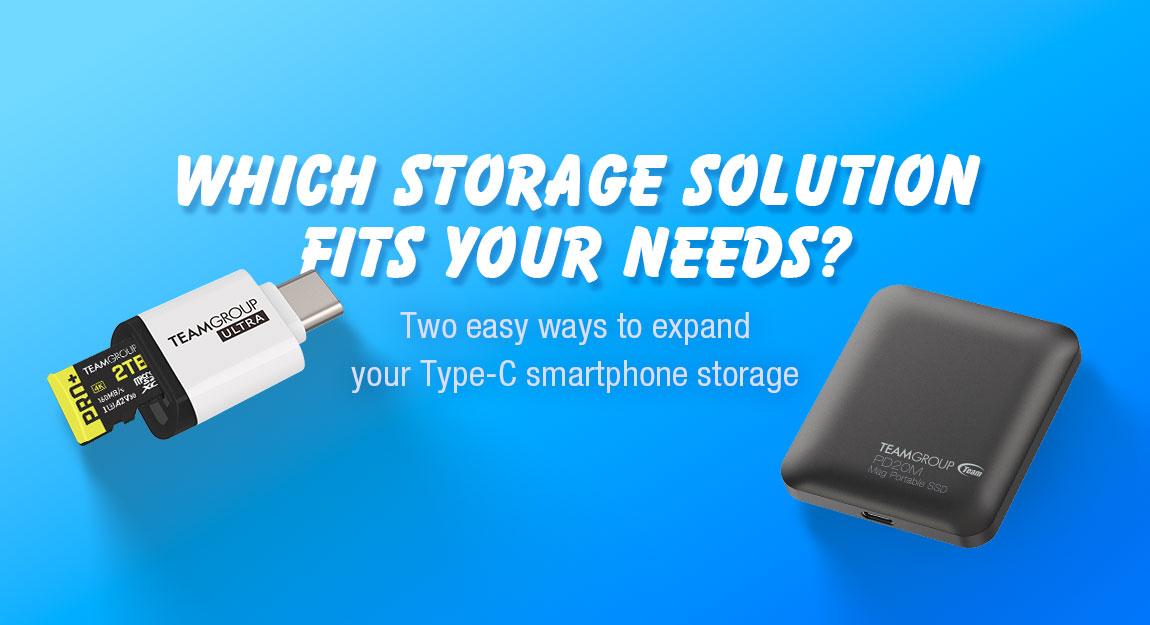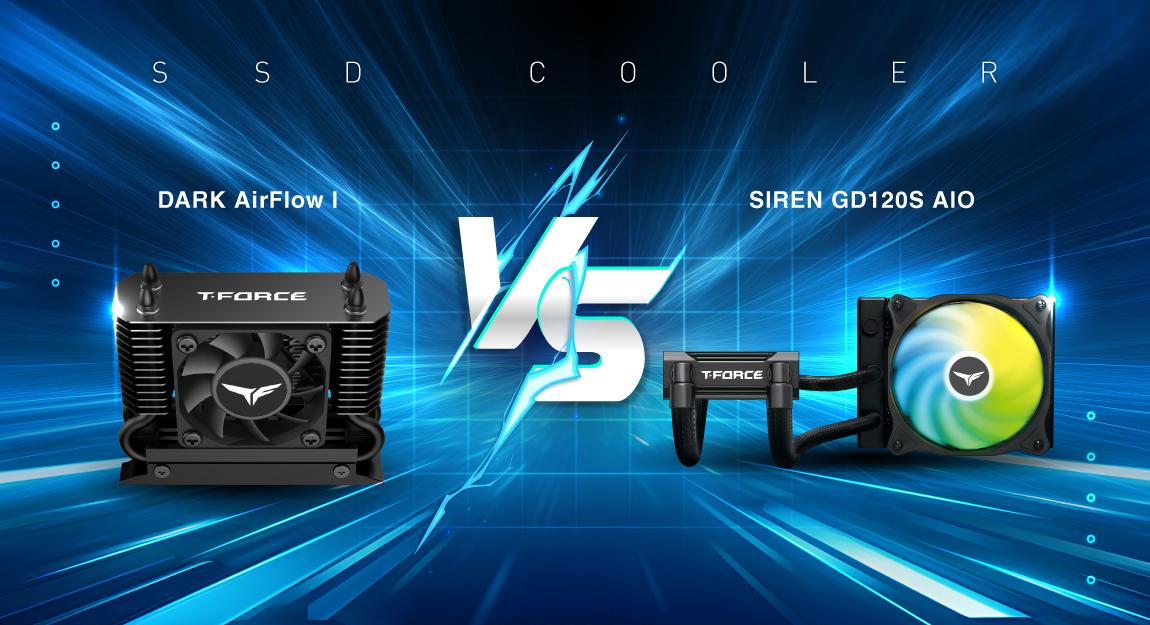13.Nov.2025
What Is Internal SSD TBW? An Easy Guide to Understanding Durability Ratings!
When buying an Internal SSD, most people first look at speed and capacity, but there’s another super important and often overlooked indicator, and that is TBW!
Today, I’ll explain in the simplest way what TBW means and why it determines your Internal SSD’s “lifespan”.
Today, I’ll explain in the simplest way what TBW means and why it determines your Internal SSD’s “lifespan”.
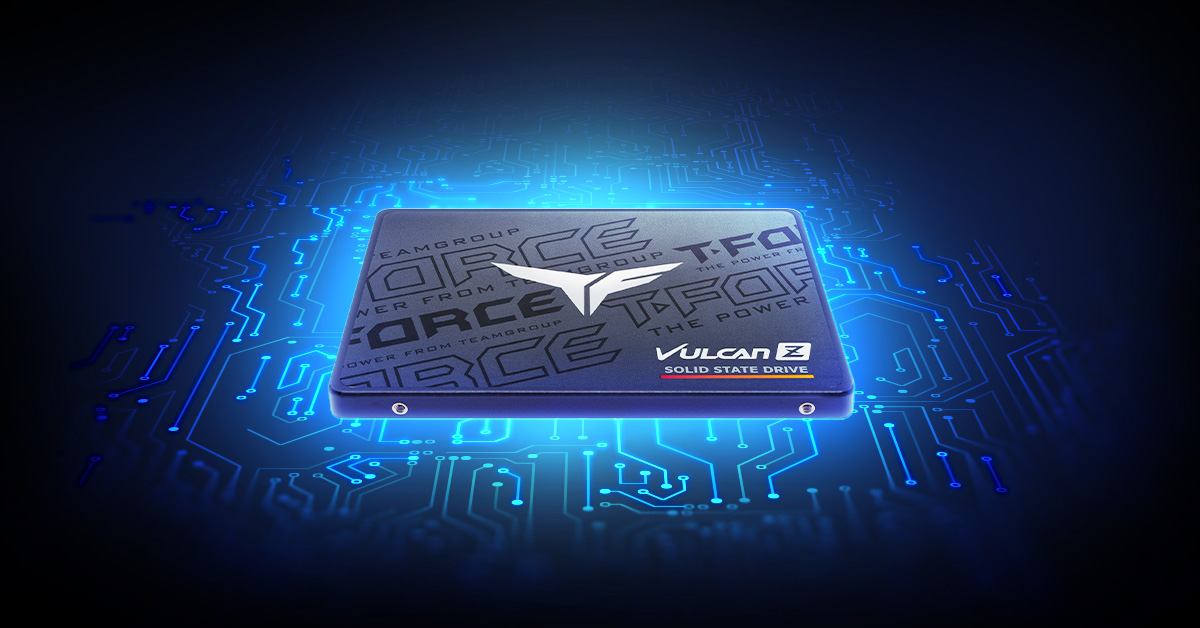
What Is TBW?
For example: If a 2TB Internal SSD is rated at 2,000TBW, that means it can handle 2,000 terabytes of data written over its lifetime. Under normal use, it’s actually really hard to reach that limit!
TBW Is Basically the Internal SSD’s “Stamina”
However, the following types of users should pay special attention to TBW:
- Content creators who frequently edit videos, photos, or back up large files.
- Server or NAS users who constantly write data.
- Heavy users who often install/delete games or transfer large amounts of data.
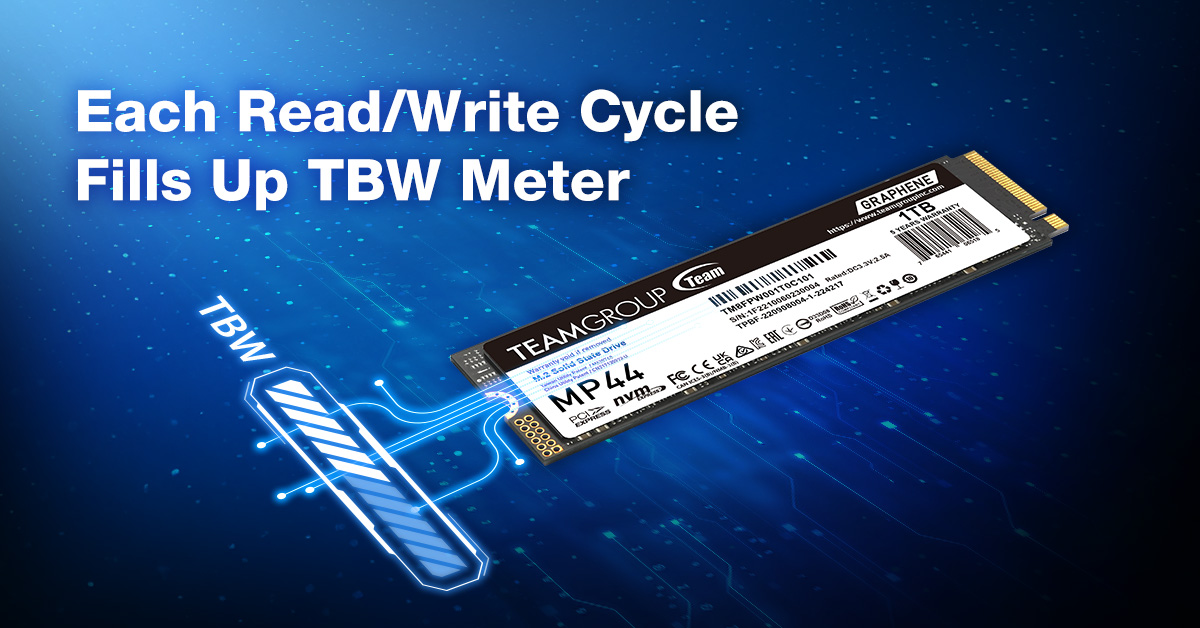
How Is TBW Calculated?
TBW is determined based on: (Capacity in GB× NAND durability) ÷ Write amplification factor (WAF)
- Capacity: Larger drives have more NAND cells, spreading out writes and extending lifespan.
- NAND durability: Different flash types (SLC, MLC, TLC, QLC) have different write endurance per cell.
- Write amplification factor (WAF): Indicates how much additional work the Internal SSD must do to store data. A lower WAF = higher endurance.

Just remember this simple rule:
Within the same Internal SSD series, the larger the capacity → the higher the TBW → the longer the lifespan.
Within the same Internal SSD series, the larger the capacity → the higher the TBW → the longer the lifespan.
Summary
In short, TBW shows how much total data an Internal SSD can handle over its lifetime, a higher TBW means better endurance. While casual users rarely reach this limit, those working with large files or constant backups should consider TBW carefully. When choosing your next Internal SSD, remember that speed delivers quick performance, but endurance ensures long-term reliability.That’s all for today’s quick tech tip!
If you’d like to learn more Internal SSD tricks and tips, stay tuned, see you next time!
RELATED Blog
1
9
05.Sep.2025
T-CREATE P34F: The SSD with Apple Find My
24.Jul.2025
USB4: The Future of Connectivity Has Arrived
11.Jun.2025



